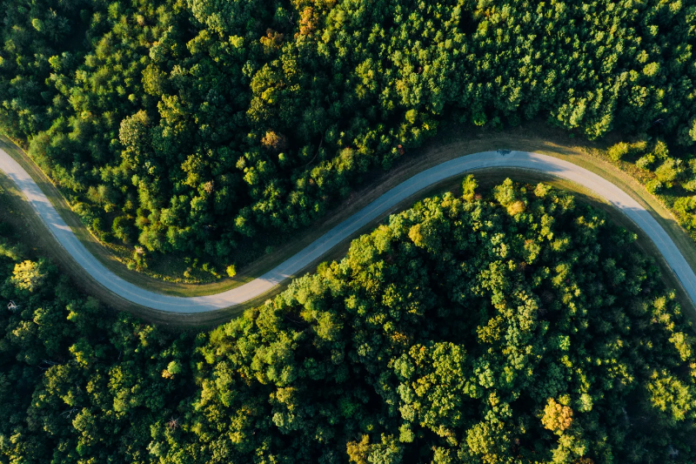Introduction
Let’s dive deeper into the enchanting jungles of South America, where every corner is teeming with life and every path leads to a new discovery.
Amazon Rainforest
The Amazon isn’t just a jungle; it’s a world unto itself. It’s a sprawling network of rivers, towering trees, and an unimaginable variety of wildlife. Here, you can find the jaguar, the king of the Amazon, stealthily moving through the underbrush, while overhead, macaws paint the sky with their vibrant colors. The forest floor teems with life, from the tiny leafcutter ants to the elusive tapirs.
Atlantic Forest (Mata Atlântica)
This coastal treasure stretches from Brazil’s northern borders down to its southern tips. Although much smaller than the Amazon, the Atlantic Forest boasts an incredible diversity of species, many of which are endemic. The calls of howler monkeys echo through the trees, and the flutter of butterfly wings is as common a sight as the sun filtering through the dense canopy.

Chocó-Darién Moist Forests
Nestled between the Pacific Ocean and the Andes, these forests are a haven for species that thrive in its wet conditions. The Chocó is one of the most rainfall-rich zones on the planet, giving life to a lush, green world where every drop of rain fosters growth and sustains the cycle of life2.
Cloud Forests of the Andes
Ascend into the clouds, and you’ll find the mystical cloud forests. These high-altitude jungles are shrouded in mist more often than not, creating an otherworldly ambiance. The moisture supports a rich array of orchids and ferns, and the air is always filled with the sound of running water and the chirping of birds.
Pantanal
The Pantanal is a mosaic of seasonally flooded savannas and tropical forests. It’s the epitome of biodiversity, where you can witness the spectacle of hundreds of bird species taking to the skies, and the world’s largest population of jaguars prowling the banks of its rivers and streams.
These jungles of south america are not just pockets of greenery; they are the lifeblood of our planet. They store carbon, regulate the climate, and are home to indigenous communities whose lives are intertwined with the forest. As we marvel at the beauty and complexity of these ecosystems, let’s also remember our responsibility to protect them for generations to come.
Disclaimer: The information provided in this guide is for informational purposes only and does not constitute legal or financial advice
For Media Enquiries/Guest Posting/Press Release – Write for us


